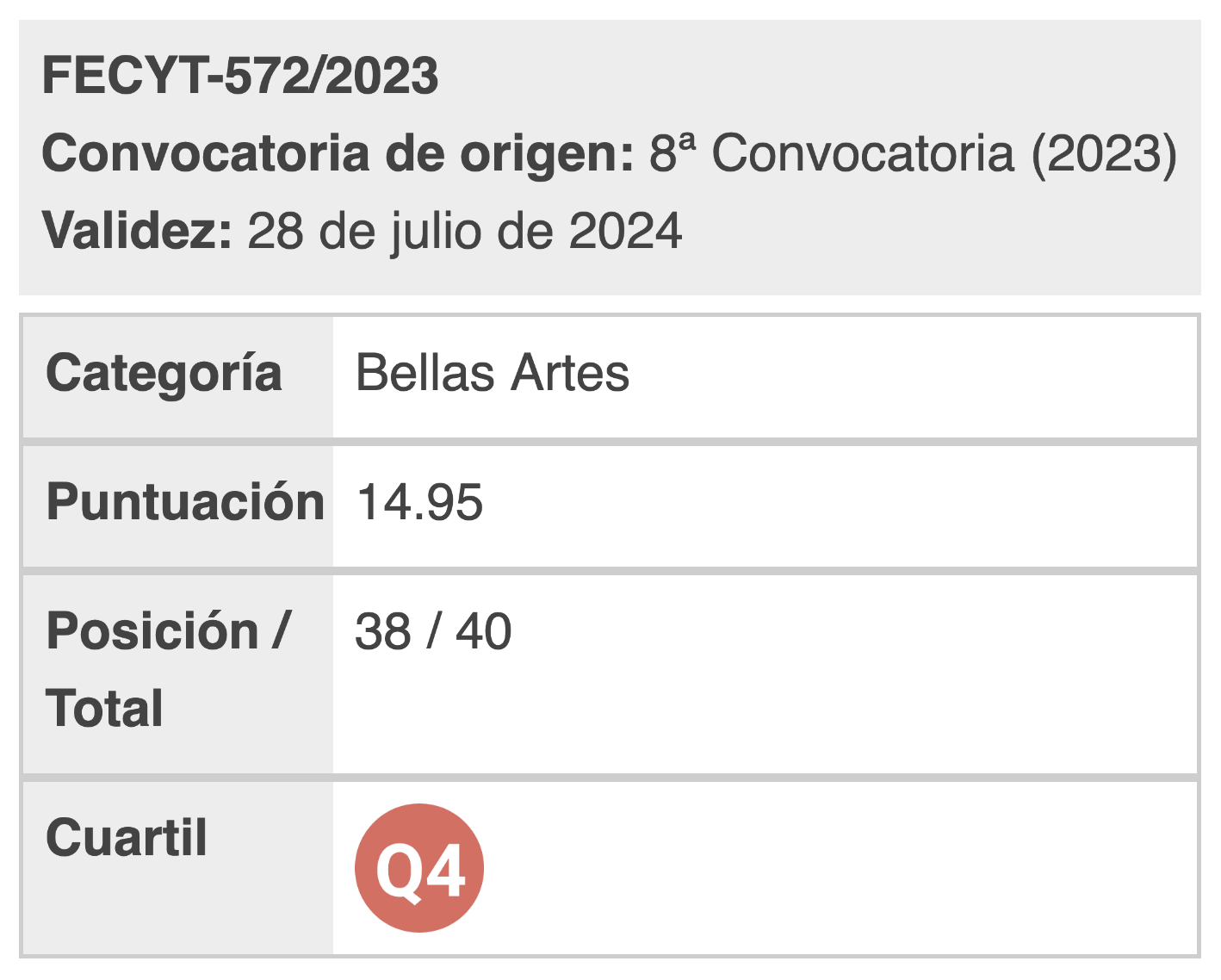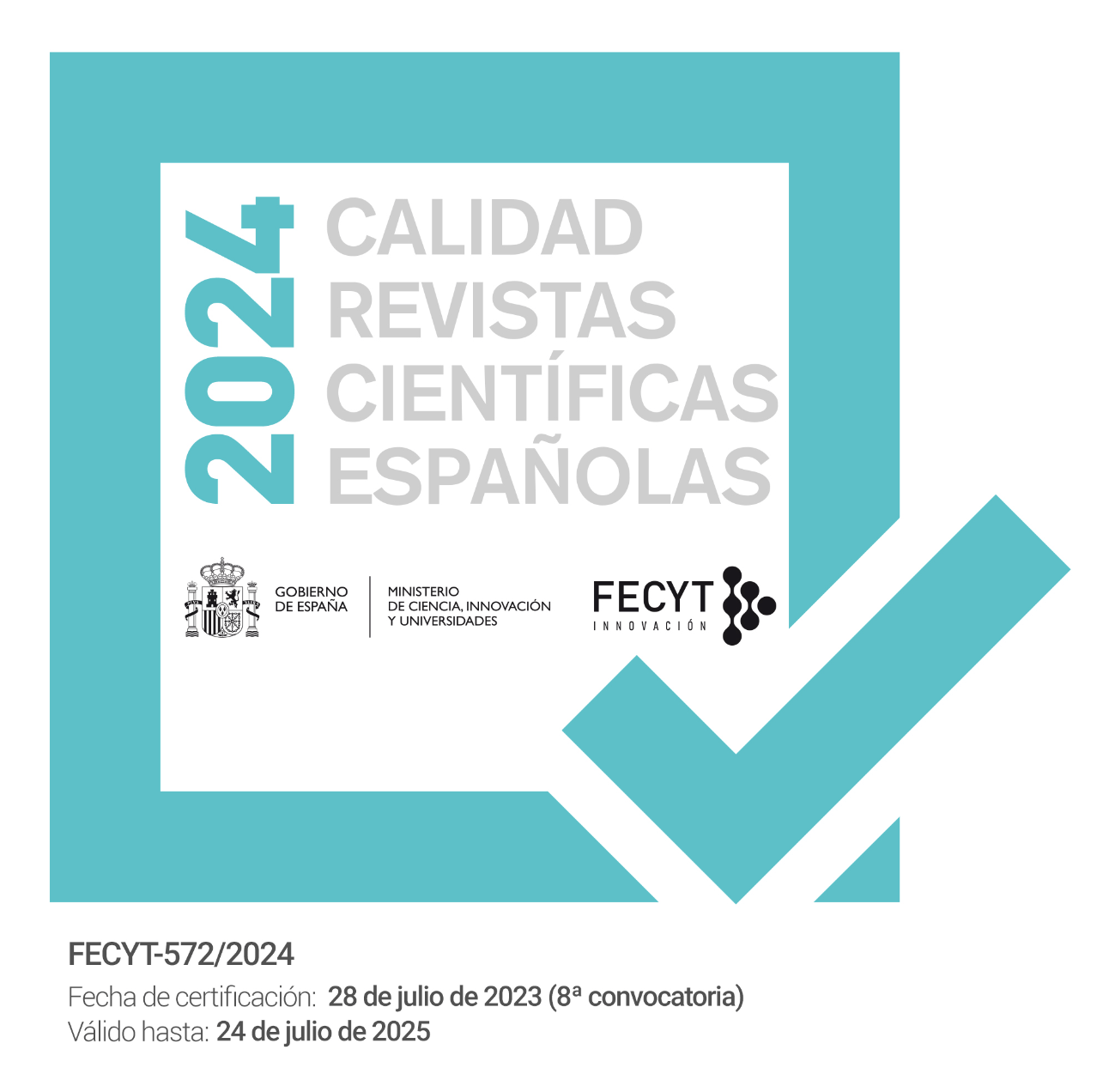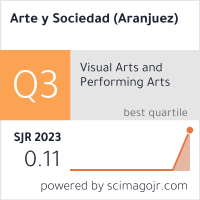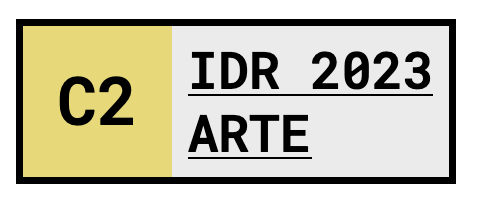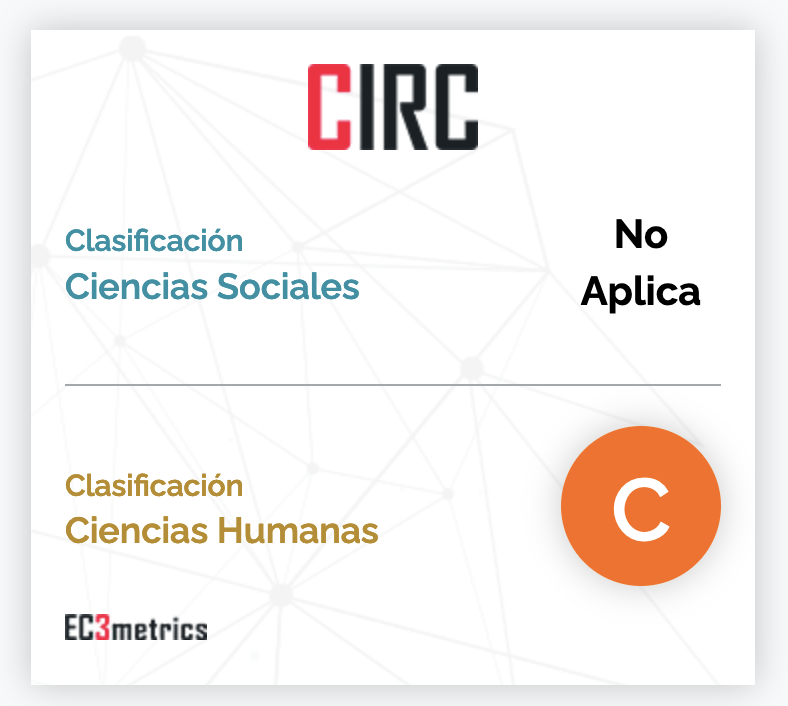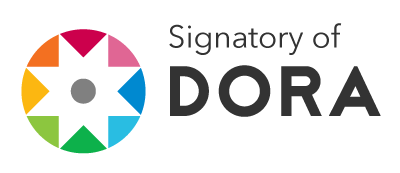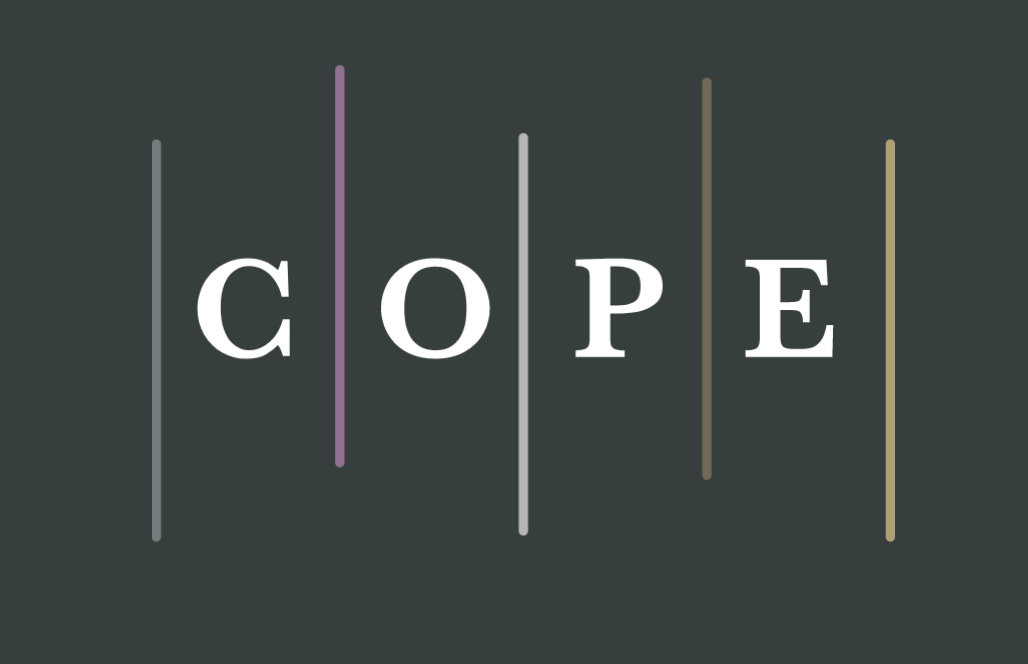The The representation of the past as a narrative form of hope in natural disasters
Analysis of the Chilean press for the 1960 and 2010 earthquakes
DOI:
https://doi.org/10.33732/ASRI.6803Keywords:
Myths, news, narrative, Chile, earthquakeAbstract
This research addresses the study of the journalistic contents published in the Chilean press about the earthquakes of 1960 and 2010 in order to explore how each new telluric event is represented from the reminiscence of the previous one. A total of 250 newspaper articles were analyzed using a qualitative methodology that observed the temporal order of the narratives, specifically, the use of analepsis, in order to detect the reference to previous earthquakes. The study revealed that Chilean journalistic stories of the 1960 and 2010 earthquakes resorted to the representation of the past as a narrative form of hope, to remember that after the scourge of nature there will be a new rebirth. This narrative form responds to the configuration of a Chilean telluric myth.References
Andreu, J. (2002). Las técnicas del análisis de contenido: una revisión actualizada. Fundación Centro de Estudios Andaluces.
Atarama-Rojas, T. & Mönckeberg-Díaz, M. (2021). Los fans en un contexto de audiencias líquidas. Aportes para recuperar un sentido de comunidad en la cultura de medios. InMediaciones de la Comunicación, 16(2), 157-179. https://www.doi.org/10.18861/ic.2021.16.2.3077
Barthes, R. (1972). Mytologies. Harper Collins Canadá Ltd.
Baron Pulido, M. (2020). ¿Narrativas para la guerra o para la paz? La fotografía como diacronía periodística. Historia y Comunicación Social, 25(1), 239-249. http://dx.doi.org/10.5209/hics.69241
Berger, A. (2013). Media, Myth, and Society. Palgrave Mcmillan.
Berning, N. (2011). Narrative Means to Journalistic Ends: A narratological analysis of selected journalistic reportages. Springer.
Bird, S., & Dardenne, R. (1988). Myth, Chronicle, and Story: Exploring the Narrative Quialities of News. En J. W. Carey (Ed.), Media, Myths, and Narratives (pp. 49–66). Sage Publications.
Cabrera, O. (23 de mayo de 1960). Chile herido. La Nación, p. 3.
Cárcamo, R. (7 de marzo de 2010). Terremotos y Concepción: una larga y estrecha relación. El Diario de Concepción, pp. 24–25.
Carey, J. (2009 [1989]). Communication as culture: essays on Media and Society. Routledge.
Chillón, A. (1999). Literatura y Periodismo: Una tradición de relaciones promiscuas. Universidad Autónoma de Barcelona.
Chillón, A. (1998). El “giro linguístico” y su incidencia en el estudio de la comunicación periodística. Anàlisi: Quaderns de Comunicació i Cultura, 22, 63–98.
https://www.raco.cat/index.php/Analisi/article/view/14987
Coman, M., & Rothenbuhler, E. (2005). The Promise of Media Anthropology. En M. Coman & E. Rothenbuhler (Eds.), Media Anthropology (pp. 12–22). Sage Publications.
Cornfield, M. (1988). The Watergate Audience: Parsing the Powers of the Press. En J. Carey (Ed.), Media, Myths, and Narratives (pp. 162–179). Sage Publications.
Diario Crónica. (24 de junio de 1960). Valdivia nunca se ha doblegado: En sus 365 años ha recibido el azote de 4 maremotos. Diario Crónica, p. 5.
Díaz, C. (20 de marzo de 2010). Suboficial tres veces sobreviviente: “El terremoto no ha sido lo más difícil”. El Sur, p. 19.
Dundes, A. (1988). The Flood Myth. University of California Press.
Edwards, J. (28 de mayo de 1960). La tragedia chilena. La Nación, p. 3.
Edwards, J. (28 de febrero de 2010). Recuerdos porteños. La Tercera, pp. 76–77.
El Diario de Concepción. (16 de mayo de 2010). De la experiencia a las propuestas. El Diario de Concepción, p. 19.
Eliade, M. (2009). Mito y Realidad. Editorial Kairós.
Escobar, P. (16 de mayo de 2010). Una historia de refundaciones y las lecciones para el presente. El Diario de Concepción, pp. 15–18.
Flood, C. (2002). Political Myth. Routledge.
Fontaine, A. (25 de abril de 2010). El terremoto en Quechereguas. La Tercera, p. 30.
Fulton, H. (2005). Narrative and Media. En H. Fulton, R. Huisman, J. Murphet, & A. Dunn (Eds.), Print News as Narrative (pp. 218–244). Cambridge University Press.
Fuenzalida, J. (28 de junio de 1960). Concepción: Voluntad de sobrevivir. El Sur, p. 3.
Genette, G. (1980). Narrative Discourse. An Essay in Method. Cornell University Press.
Genette, G. (1989). Figuras III. Editorial Lumen.
Gubern, R. (2000). Un lúcido exégeta de la cultura mediática. Anàlisi. Quaderns de Comunicació i Cultura, 24, 163–181. https://ddd.uab.cat/pub/analisi/02112175n24/02112175n24p163.pdf
Kelsey, D. (2017). Media and Affective Mythologies: Discourse, Archetypes and Ideology in contemporary politics. Palgrave McMillan.
Kelsey, D. (2016). Hero mythology and right-wing populism: A discourse mythological case study of Nigel Farage in the mail online. Journalism Studies, 17(8), 971–988. https://doi.org/10.1080/1461670X.2015.1023571
Luengo, M. (2009). Desde los “efectos” mediáticos hasta la influencia cultural: fundamentos analíticos para una interpretación simbólica de las noticias. Anàlisi: Quaderns de Comunicació i Cultura, 39, 113–129. https://www.raco.cat/index.php/Analisi/article/view/184492
Lule, J. (2001). Daily News, Eternal Stories: The Mythological Role of Journalism. Guilford Publications.
Lule, J. (2005). News as Myth: Daily News and Eternal Stories. En E. W. Rothebuhler & M. Coman (Eds.), Media Anthropology (pp. 113–122). Sage Publications.
Mellafe, R. (1981). El acontecer infausto en el carácter del chileno: una proposición de historias de las mentalidades. Atenea, 442, 121–128.
O´Donnell, M. (2003). Preposterous Trickster: Myth, News, the Law and John Marsden. Media Arts Law Review, 8(4), 282–305.
Onetto, M. (2017). Temblores de tierra en el Jardín del Edén. Desastre, memoria e identidad. Chile, siglos XVI-XVIII. Dirección de Bibliotecas, Archivos y Museos.
Plant, I. (8 de marzo de 2010). Juan Fernández sale a flote. El Sábado, pp. 14–17.
Rojas, C. (2018). Entre Aguas y Escombros. Ediciones Universidad Austral de Chile.
Rothenbuhler, E. W. (2005). Ground Zero, the Firemen, and the Symbolics of Touch on 9/11 and After. En E. W. Rothenbuhler & M. Coman (Eds.), Media Anthropology (pp. 188–199). Sage Publications.
Rubilar, L. (2011). Terremotos e identidad en la letra nerudiana. Revista Chilena de Literatura, 79, 155-171. https://doi.org/10.4067/S0718-22952011000200009
Rubio, M. (31 de mayo de 1960). El Sur tiene el cielo por techo y por abrigo su fe. El Diario Ilustrado, p. 17.
Silva, B. & Riquelme, A. (2018). Una identidad terremoteada: Comunidad y Territorio en Chile de 1960. Ediciones Universidad Alberto Hurtado.
Silverstone, R. (1988). Television Myth and Culture. En J. Carey (Ed.), Media, Myths, and Narratives (pp. 20–47). Sage Publications.
Simonetti, M. (28 de febrero de 2010). La tierra nos recuerda donde vivimos. La Tercera, p. 33.
Slattery, K., & Garner, A. C. (2015). News Coverage of US Mothers of Soldiers During the Vietnam War: Shedding the image of Spartan motherhood. Journalism Practice, 9(2), 265–278. https://doi.org/10.1080/17512786.2014.924735
Solá-Morales, S. (2014). Hacia una epistemología del concepto de símbolo. Cinta Moebio, 49, 11–21. https://doi.org/10.4067/S0717-554X2014000100002
Su, C. (2014). From perpetual foreigner to national hero: a narrative analysis of US and Taiwanese news coverage of Linsanity. Asian Journal of Communication, 24(5), 474–489. https://doi.org/10.1080/01292986.2014.913640
Vásquez, V. (28 de marzo de 2010). Un siglo de historia viviente. El Sur, p. 16.
White, H. (1987). The value of the narrative in the representation of reality. En A. Fletcher (Ed.), The Content of the Form. The Jhons Hopkins University Press.

Downloads
Published
How to Cite
Issue
Section
License

This work is licensed under a Creative Commons Attribution 4.0 International License.
You are free to:
Share — copy and redistribute the material in any medium or format.
Adapt — remix, transform, and build on the material for any purpose, including commercial.
Attribution — You must properly acknowledge the authorship, provide a link to the license, and indicate if any changes have been made.
You may do so in any reasonable manner, but not in any way that suggests that you endorse or receive any endorsement by the licensor for your use.
No additional restrictions — You may not apply legal terms or technological measures that legally restrict you from doing what the license allows.



